Asparagus fern plants lovely fernlike leaves appear delicate. However asparagus fern care is quite easy. This is an excellent house plant for beginners. It’s durable and grows in several pleasing forms.
They will provide a living centerpiece on your table top, or drape elegantly from a shelf or planter. Asparagus ferns create a nice accent on your shaded patio in warm humid conditions.
Find out more about these beautiful plants and read our printable care guide to learn how to keep them happy.
Those lovely soft growing arms can extend several feet in a mature plant and eventually be suitable for a hanging basket or trellising.
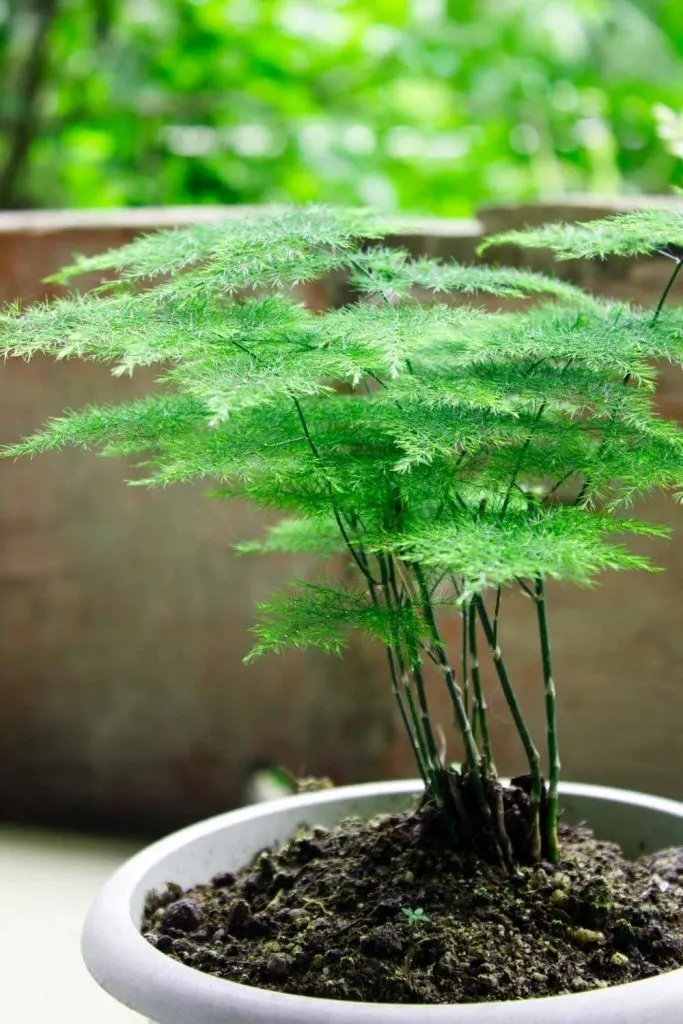
Growing Asparagus Fern Outdoors:
Care for the asparagus fern outdoors as a container plant or bedding plant is rather easy.
- This Plant is happiest planted out of the direct, harsh, hot sunlight. It’s a good understory plant beneath an awning or overhang or under trees where is can get partial shade and wind protection.
- Asparagus ferns CAN withstand full sun if planted in moist soil with a lot of organic material and mulch to protect their roots. The top growth will be more compact in full sun. In shade, the fronds will reach out to capture sun and appear leggier.
- Asparagus ferns grow well as a perennial outdoors in climate zones 9 to 11. If the Roots get too cold (under freezing) the plant will be damaged and likely die off. Mulching the roots heavily will protect them somewhat. The plant may die back to the soil line and send up new growth in spring. But if you have freezing winters expect to Grow this plant as an annual.
- They are drought tolerant and enjoy humidity but they can tolerate drier climates. Asparagus ferns thrive in warm tropical areas.
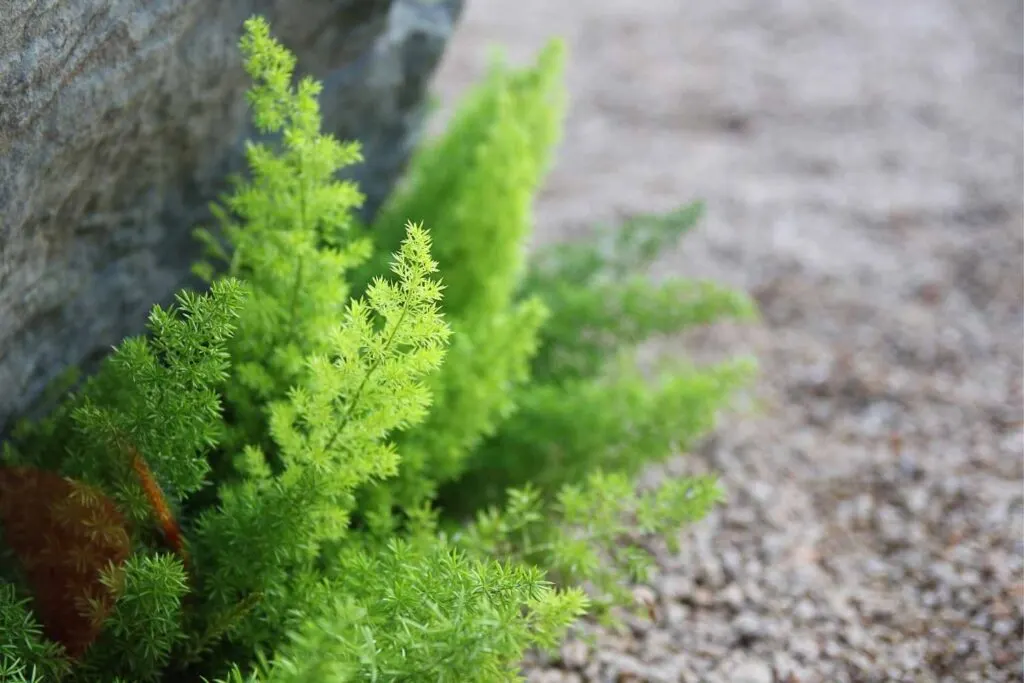
Unfortunately Asparagus Ferns can become invasive in garden zones 9 to 11 and are known as weeds in several hot states. Once established, Asparagus ferns are very aggressive and difficult to control. Container plantings Recommended in these areas.
How to Care for Asparagus Ferns Outdoors:
Once properly Planted, Asparagus Fern care outdoors is simple. They need very little fussing. They have tubers that will store water and hydrate them through moderate drought conditions. In semi shaded conditions they may go all season without supplemental waterings if you get occasional rainfall.
- In Fall, Heavy mulching will help protect the roots in colder climates.
- In winter, they may die back to the ground in colder climates they get under freezing.
- In Spring, Deadhead all the unsightly dead fronds. In colder climates, If the roots survive the plant will send up new growth. This is the time to check for root aggression. Cut back and trim off ALL new shoots you don’t want growing before they get established.
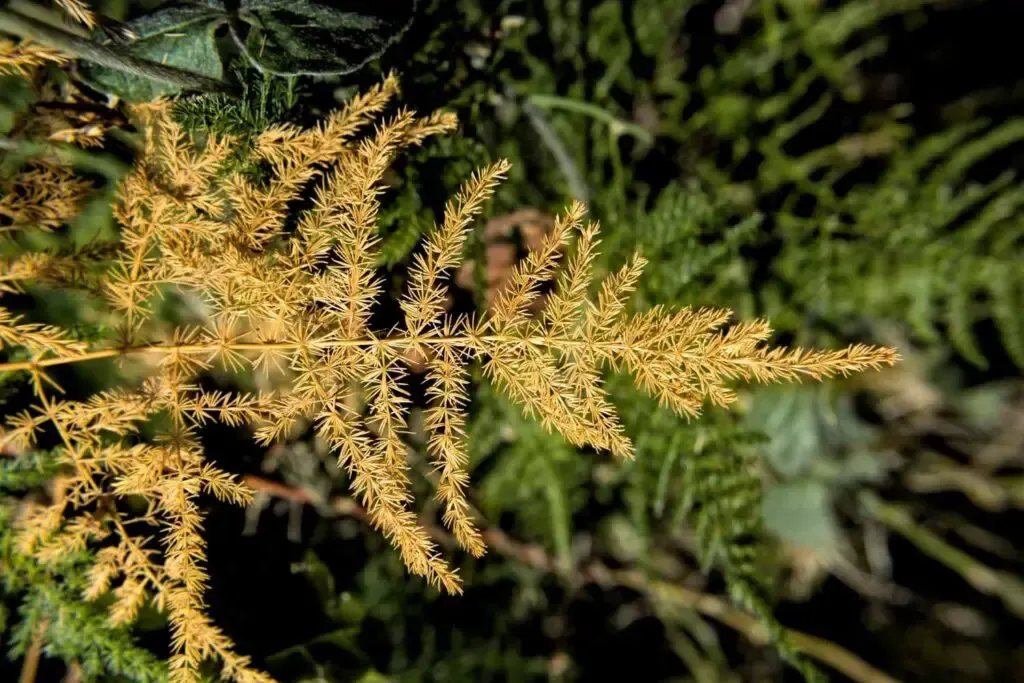
Asparagus Fern Types:
There are three common types of Asparagus fern plant. The Asparagus sprengheri, Asparagus plumosus and the Foxtail asparagus Fern.
The plumosus is the one I own. It is also known as Asparagus setaceus and Protasparagus setaceus.
Asparagus ferns (like asparagus in your garden) produce berries that ripen and turn either red or black. The stalks create fernlike foliage called cladodes.
They are lovely and easy care in all three forms. Each would be a good addition to your home decor and plant collection.
Asparagus ferns plants can grow as potted table top plants, hanging plants or even trellised.
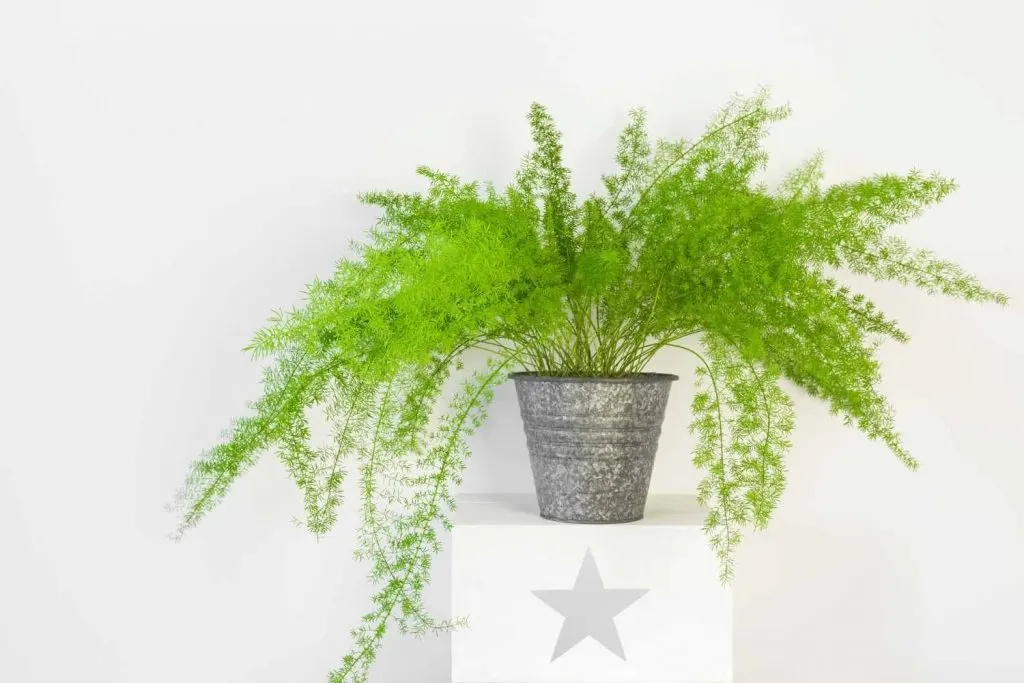

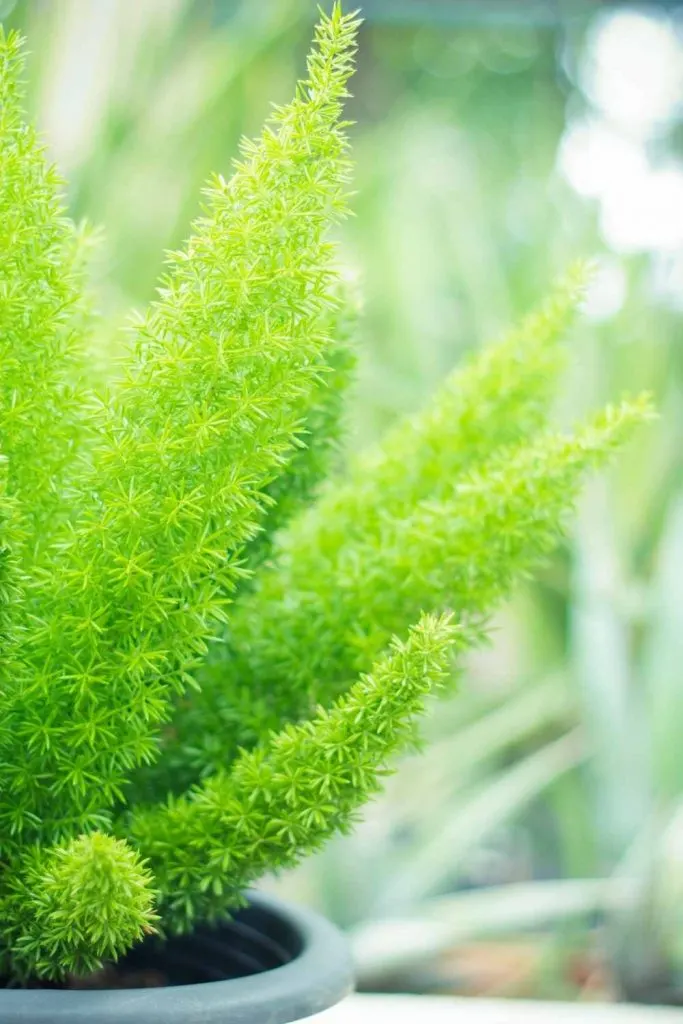
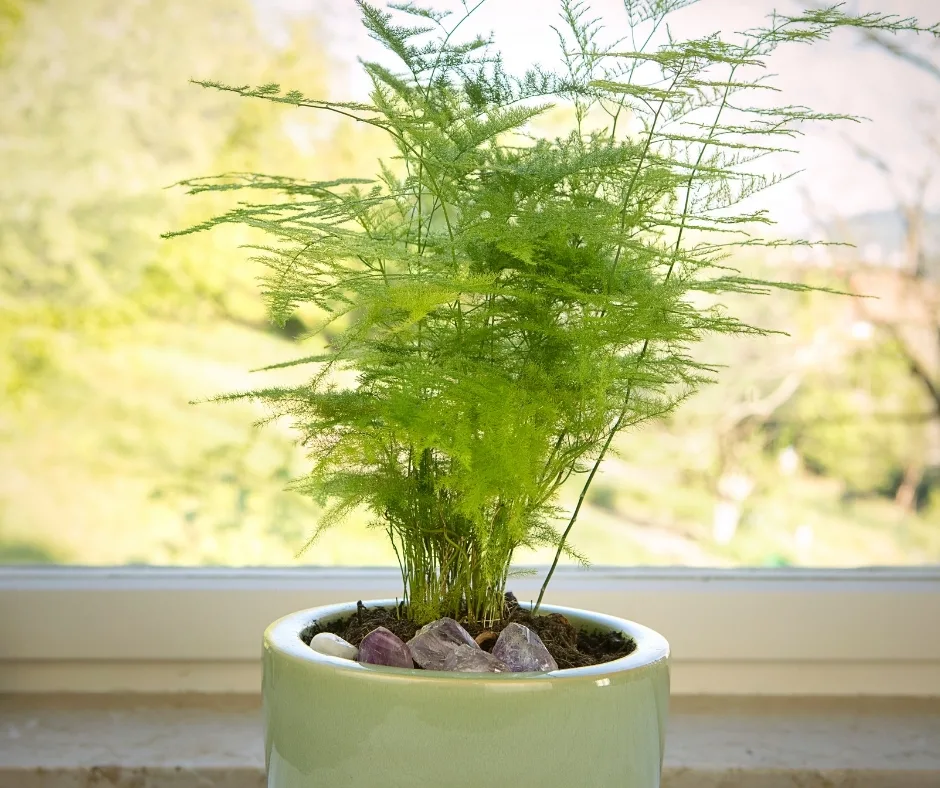
When is a fern a fern?
All ferns reproduce by spores. Asparagus fern plants have no spores. They reproduce by growing in clusters from their tuberous roots.
And when mature, the asparagus plants will also grow berries in the correct conditions. The berries drop and reseed a new plant.
That soft elegant lacy growth we think of as fern fronds are cladodes. But they are soft and look very much like a fern.
Asparagus fern plants are NOT ferns at all. But still quite fernlike and pretty.
Asparagus Fern Thorns:
I highly recommend a good set of garden gloves when working with these plants. Especially the older ones.
When the plants are young you will not see thorns. But as the Asparagus plant grows and matures the spines will appear. They grow and harden. And those stickers can also fall into your pot soil.
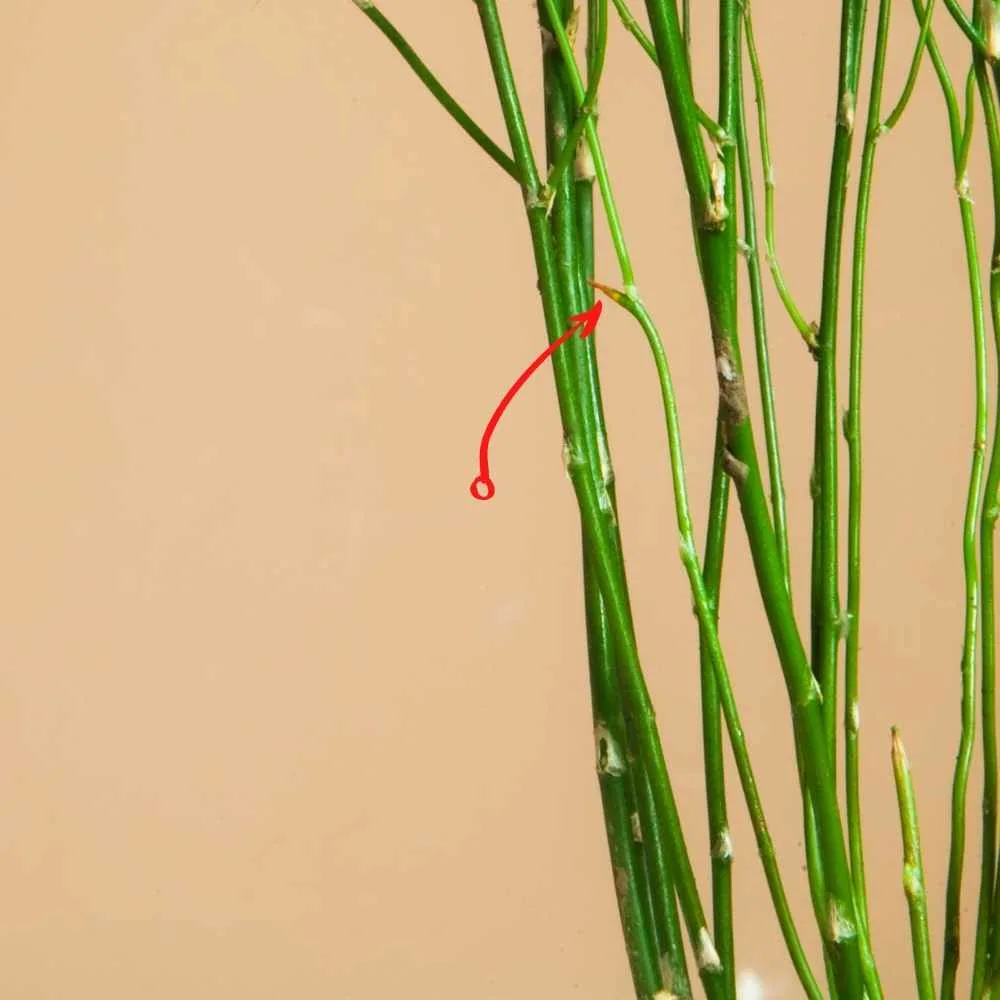
Toxic Plant:
All forms of asparagus plant is TOXIC to cats and dogs. And Humans.
Asparagus ferns contain sapogenins. These are toxic to both dogs and cats.
The red or black berry fruits are mildly poisonous. Not lethal. However, eating the berries causes gastric upset resulting in vomiting and diarrhea in pets and people.
Also the sap of Asparagus ferns will cause skin irritations and some rashing. Wear gloves when working with these plants or near them in your garden. And when transplanting or pruning them indoors as well.
Plants and people go together. Live greenery is therapeutic for humans and Improves our Home Environment.
How to Asparagus Fern Indoors:
Growing Asparagus Ferns indoors is quite simple. They make a lovely focal point in so many places around the home and can be used in all sorts of ways for home decor. This plant made our list of Best Plants for Beginner Plant Parents.
Here’s a quick guide to indoor care of the asparagus fern. Below this guide is our printable. If goes even deeper into asparagus fern care. Happy Planting!
| Familiar Names: | Asparagus Fern, Foxtail asparagus Fern, cat’s tail asparagus, |
| Scientific Names: | Asparagus plumosus, Asparagus sprengeri, Asparagus Densiflorus, Asparagus Aethiopicus, |
| Plant Family | Asparagaceae (formerly Liliaceae) |
| Care Difficulty: | Easy |
| Temperature: | 65 to 75 optimal temperature range. Will survive extremes of 24 Degrees F. |
| Watering: | Water when soil is dry down an inch or so. Lightly moist soil is best. Constant wet soil will rot roots. Tubers store water so can withstand some drought. Enjoys high humidity. |
| Soil: | Asparagus ferns prefer light friable soils that drain well. 60% potting soil mixed with 40% perlite is a good soil mix. |
| Lighting: | Moderate indirect light |
| Growth: | The growth is as a clump and these plants grow to about 2 feet. Various types of asparagus fern grow as table top plants, hanging plants or even up a trellis. Pruning back yellowed old branches to the soil level will keep the plant refreshed and attractive. |
Asparagus Fern Care Guide
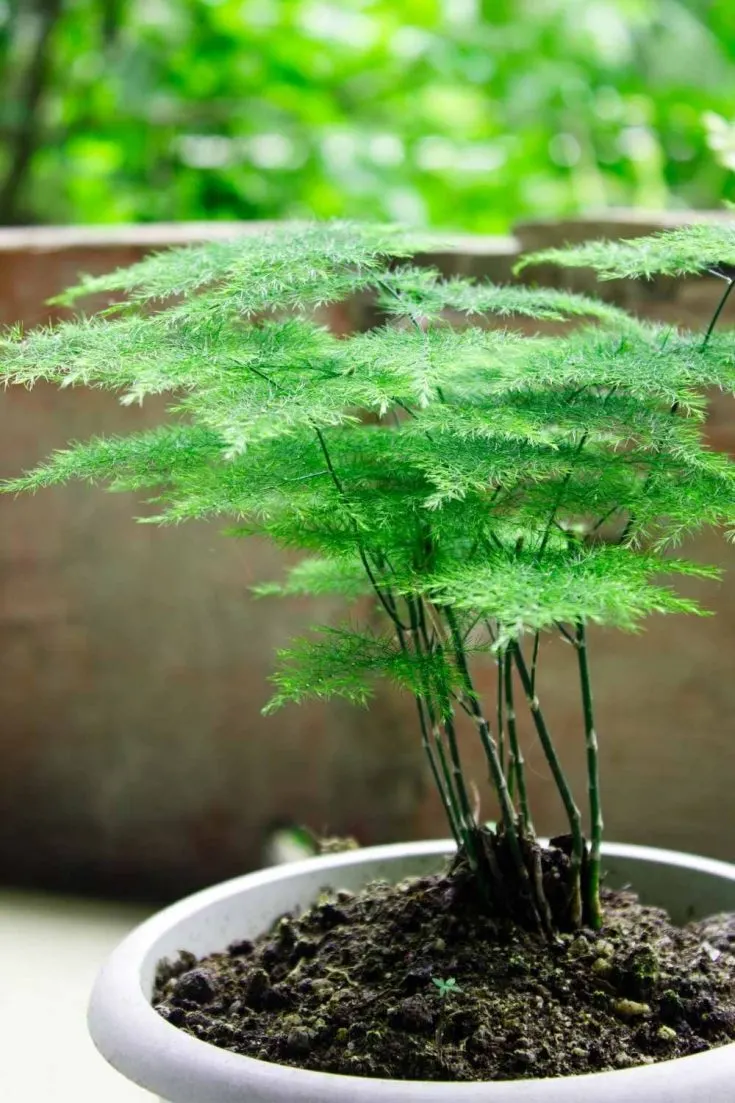
Asparagus plants come in three main types. All of them have only a few basic requirements to remain a happy durable plant.
This lovely Fernlike Plant is a perfect beginner houseplant.
Materials
Instructions
Soil Preference:
- Asparagus Ferns requires a light soil.
- A mix of potting soil and perlite will keep the roots happiest.
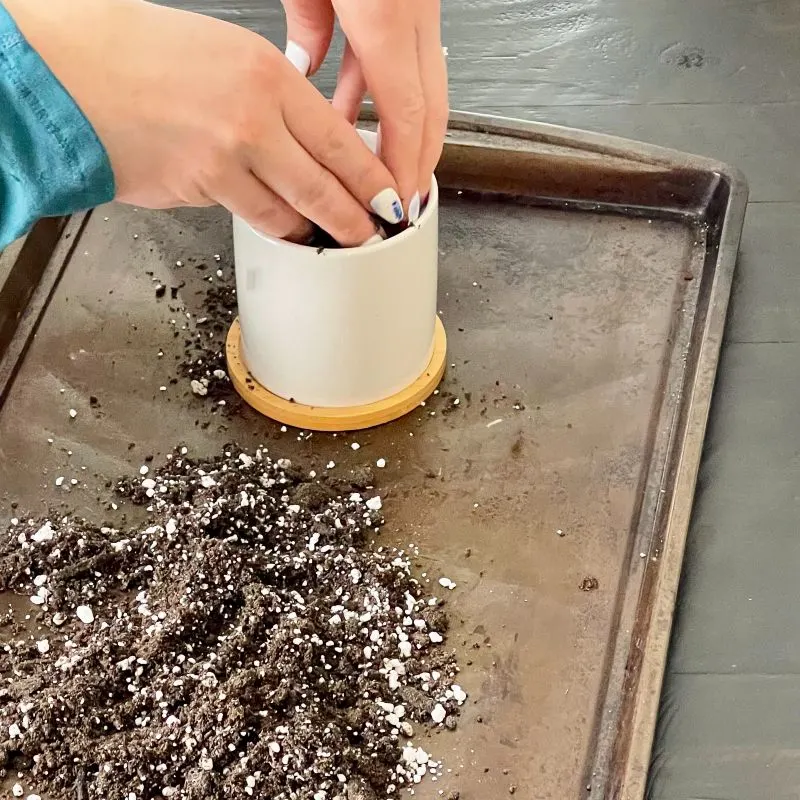
- Our mix for this plant is 40% potting mix to 60% perlite.
- A heavy soil potting mix is not recommended for Asparagus Ferns.
Pot Size and Type:
- These plants can be grown in relatively small pots since they are fairly slow growers.
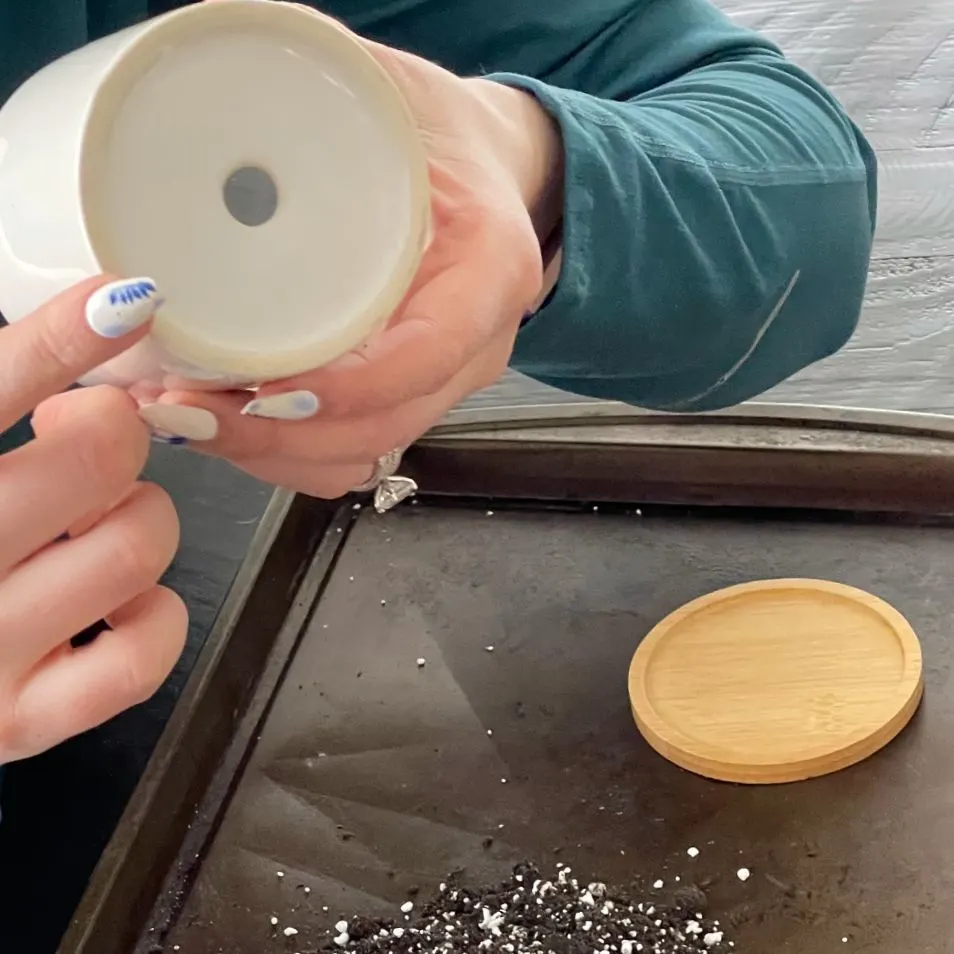
- Any well drained pot can be used. It MUST have drainage.
- Repot every second year or when roots come out the drainage holes on the pot bottom To the next pot size up.
- Don't jump to a huge pot from a small one unless you wish to encourage faster growth. Just go to the next size up pot.
Lighting:
- Asparagus Ferns enjoy indirect or dappled light.
- Moderate indirect light is fine.
- Lower indirect light causes yellowing of the leaves. Increase the indirect light or move your plant to a brighter location if this happens.
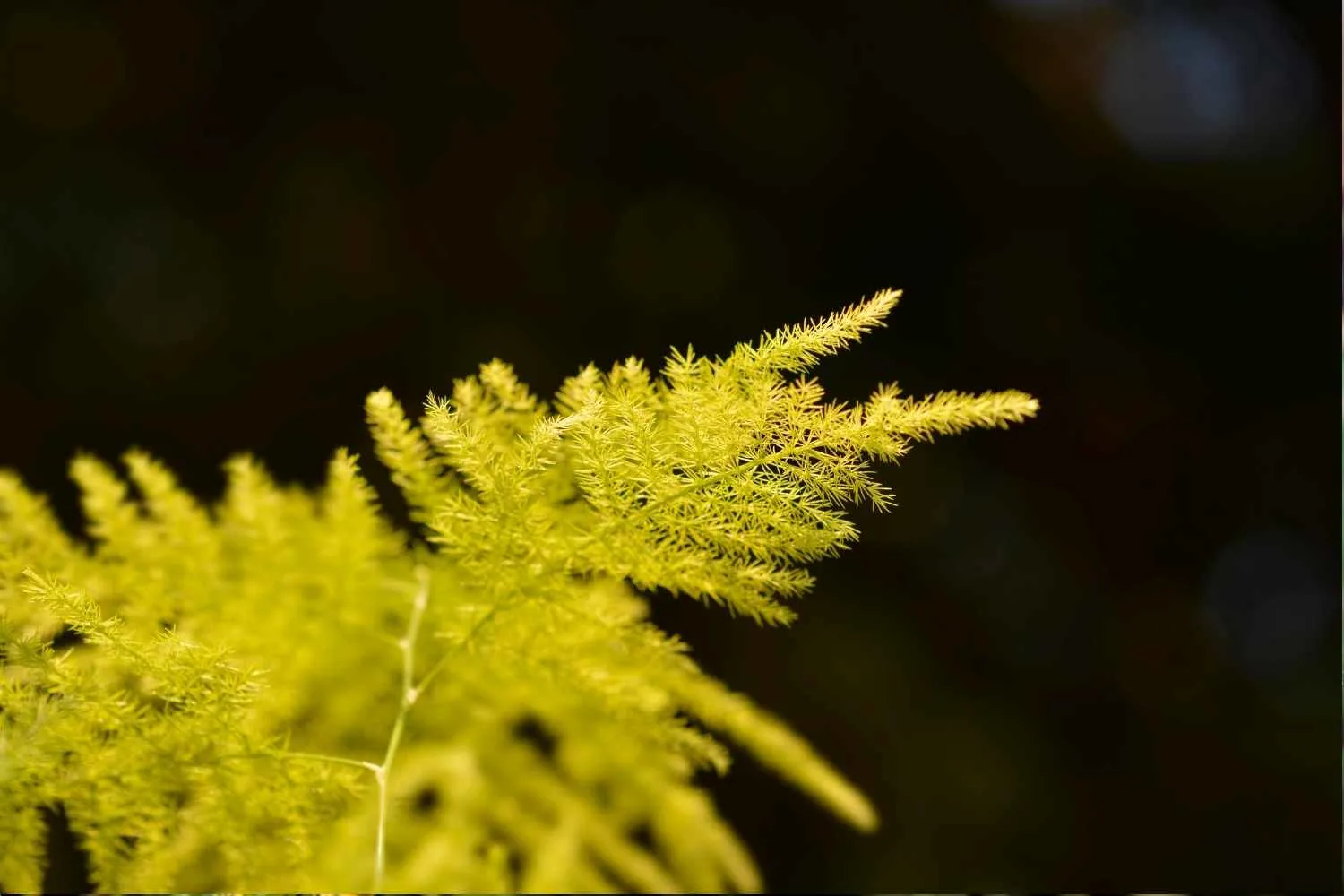
- Some filtered sunlight from a window will be appreciated.
- Shield this plant from strong direct light in summer south and west sunny windows. The leaves will burn and shed off the stems. This is called crisping.
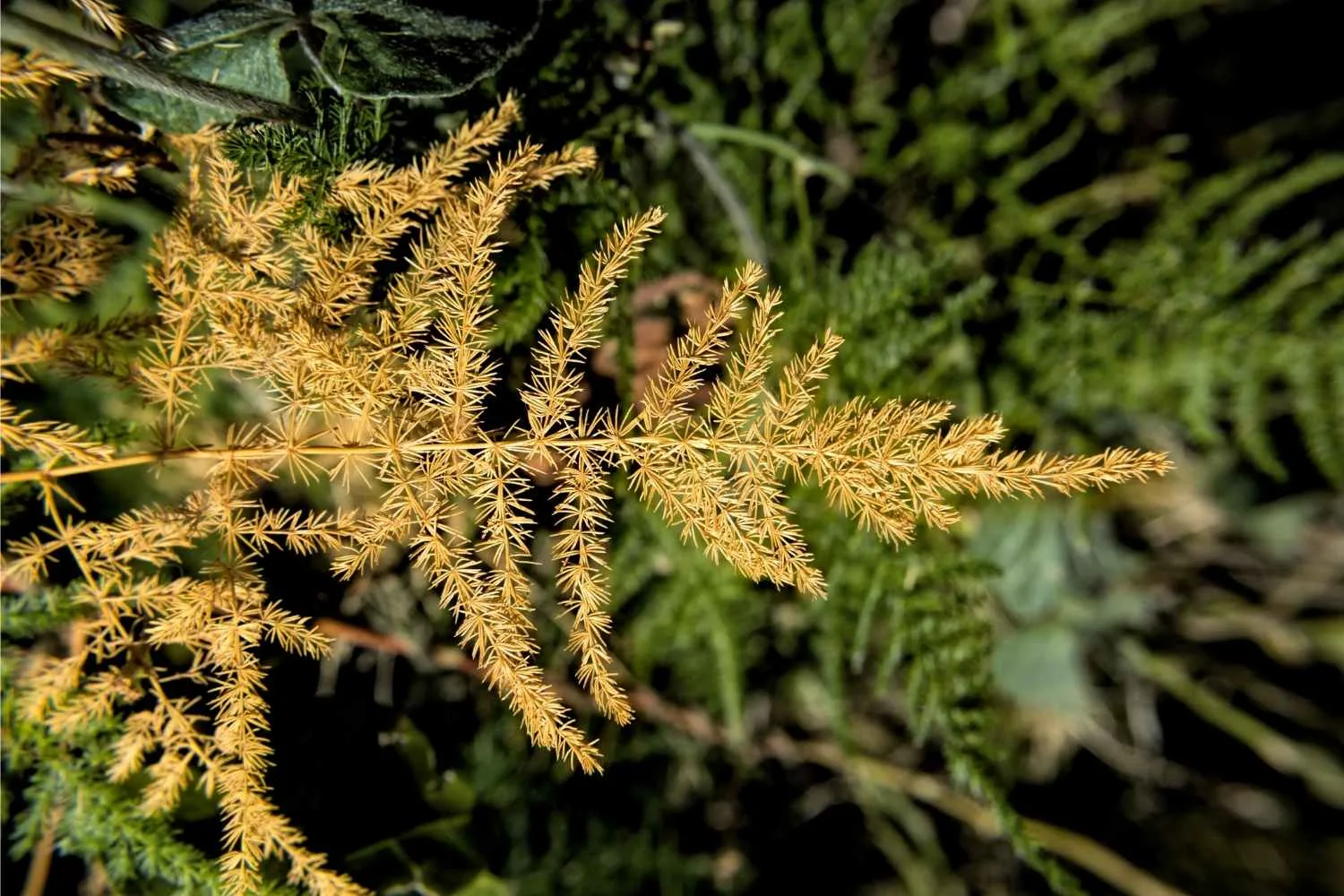
Watering:
- Water your Asparagus fern when the soil is dry down an inch or so. They do not like to be overly wet. Try a watering schedule of every week.
- Watering is best done on a regular schedule so the plant is not over or under watered. Both can cause stress on the plant.
- This tropical plant enjoys humidity. In dry climates Asparagus plants will thrive with a humidifier nearby. Or set it in your kitchen or bathroom. For a really dry climate frequent misting will help.
- In dormant winter months reduce watering to when the soil is dry down halfway.
- Never let this plant get wet feet. If the soil is compacted the bottom of the soil can remain wet. Heavy wet soils encourage root rot and Fungus Gnats.
How to Fertilize:
- Apply a good quality fertilizer (linked in materials) AT HALF STRENGTH weekly through Spring and summer.
- Decrease feedings by late Fall and allow the plant to rest through the winter months.
- Look for brown spots on the leaves of your plants. This may indicate an over concentration of salts in the roots from over feeding. It can burn the leaves.
- If you see lots of crisp brown leaves and the lighting is correct try leaching the soil with water to run the extra salts out. Or repot in better soil.
Temperature:
- Keep Asparagus fern at a low of 65 Degrees F. to upward of 75 Degrees F. It enjoys warmth and humidity.
Pruning and Training:
- Pruning will give you a fuller plant with more even growth. Unpruned asparagus plants will grow naturally either upright or trailing, depending on the type you are growing.
- It is normal for asparagus ferns old leaves to turn brown. This often happens in the center of the plant. If your plant is healthy and mature consider this a normal process.
- Snip off the old dead leaves at the soil line with your pruner. Remember to wear gloves.
- Sharp small Hand pruners are preferred for pruning. They will give a clean cut that will heal quickly.
- Also the sap of asparagus ferns is irritating to skin. Use gloves when pruning and planting these plants.
Table Top Plants:
- It’s easy to prune and shape these plants to whatever length and fullness you desire.
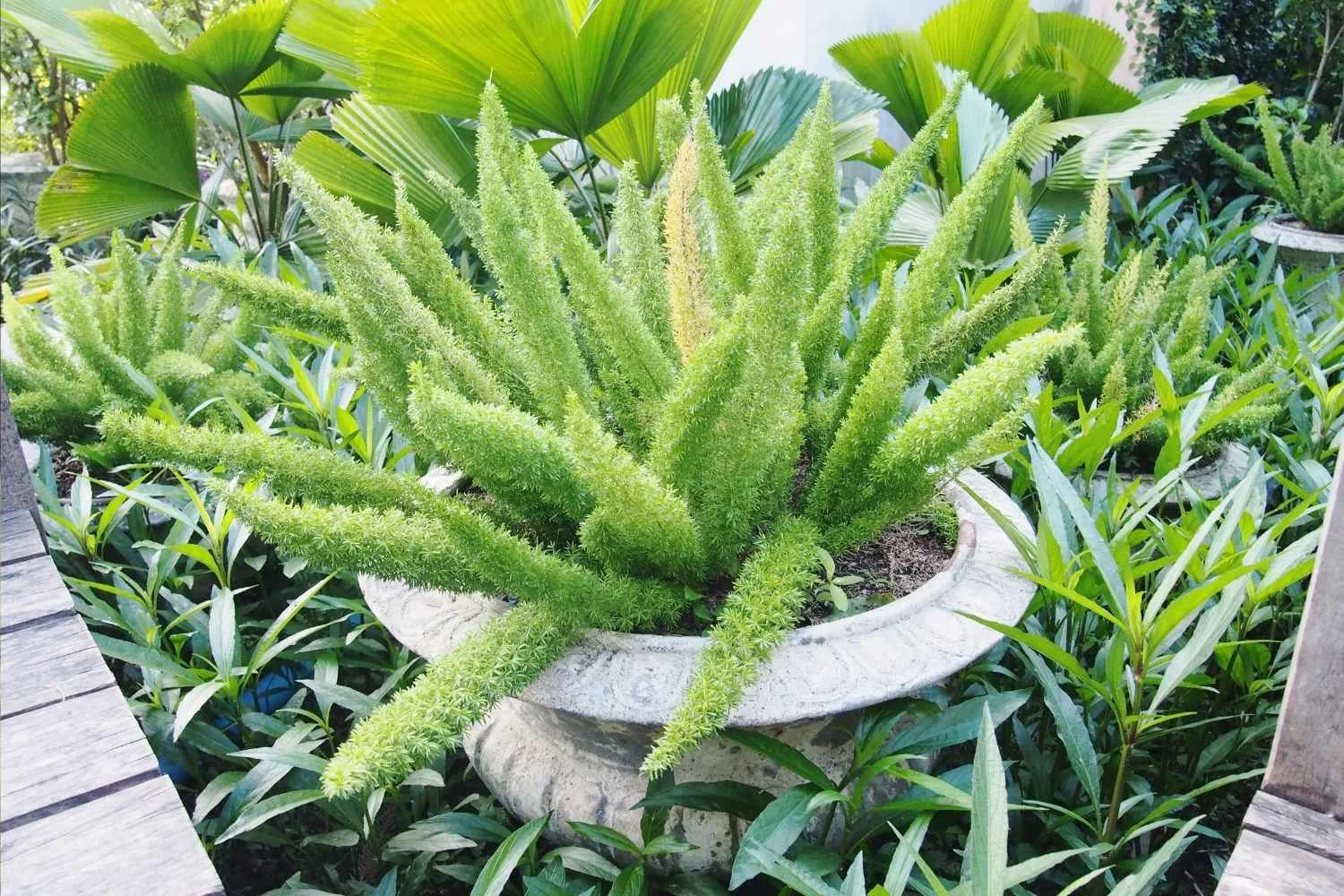
- Asparagus plumosus and foxtail asparagus fern will make good choices for table top plants.
Training asparagus fern to climb or hang.
- This asparagus plumosus plant can either be trained UP a trellis or stake or allowed to fall and hang as it grows older and more mature.
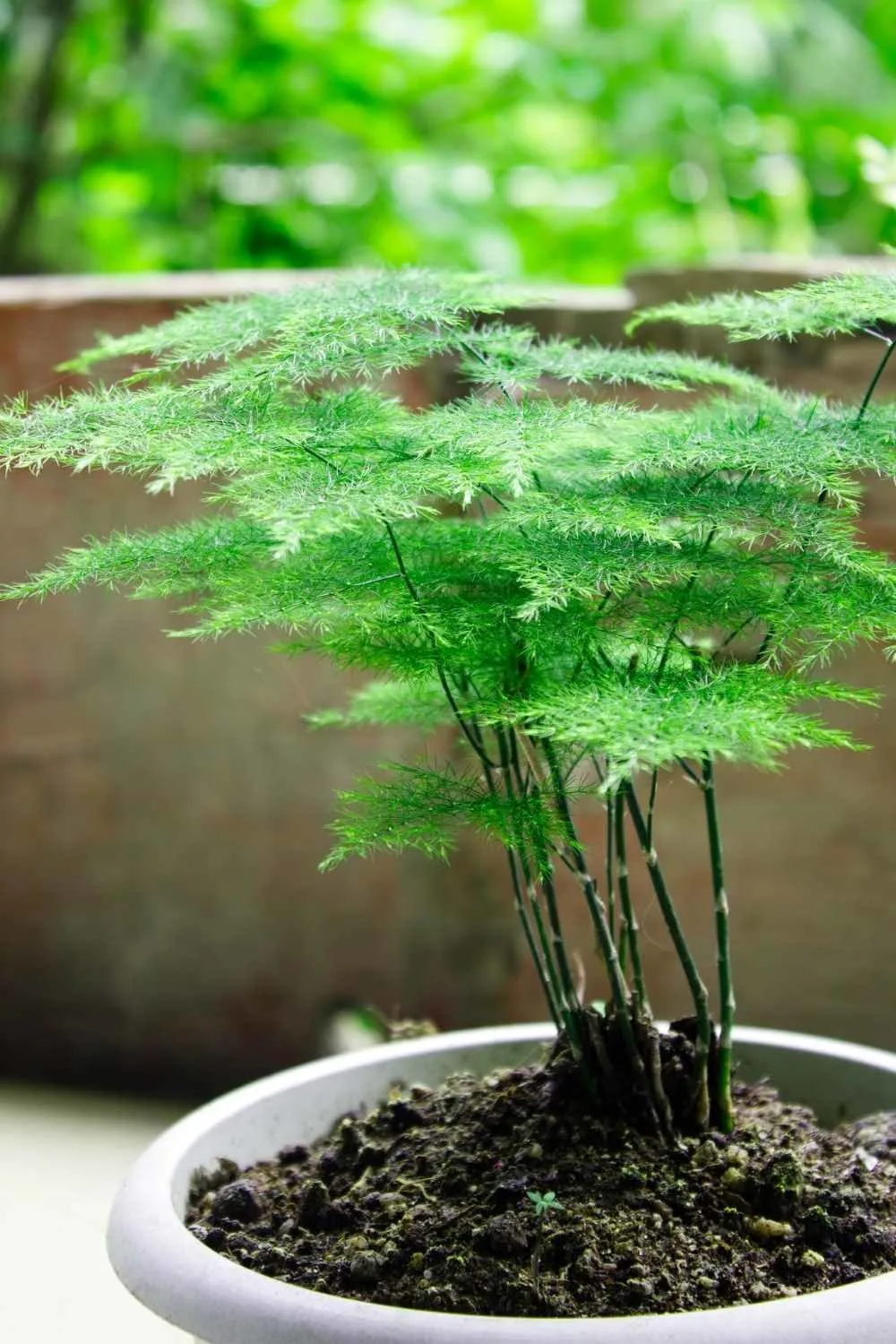
- Asparagus Sprengeri is a good variety to grow in a hanging basket since it's fronds droop naturally.
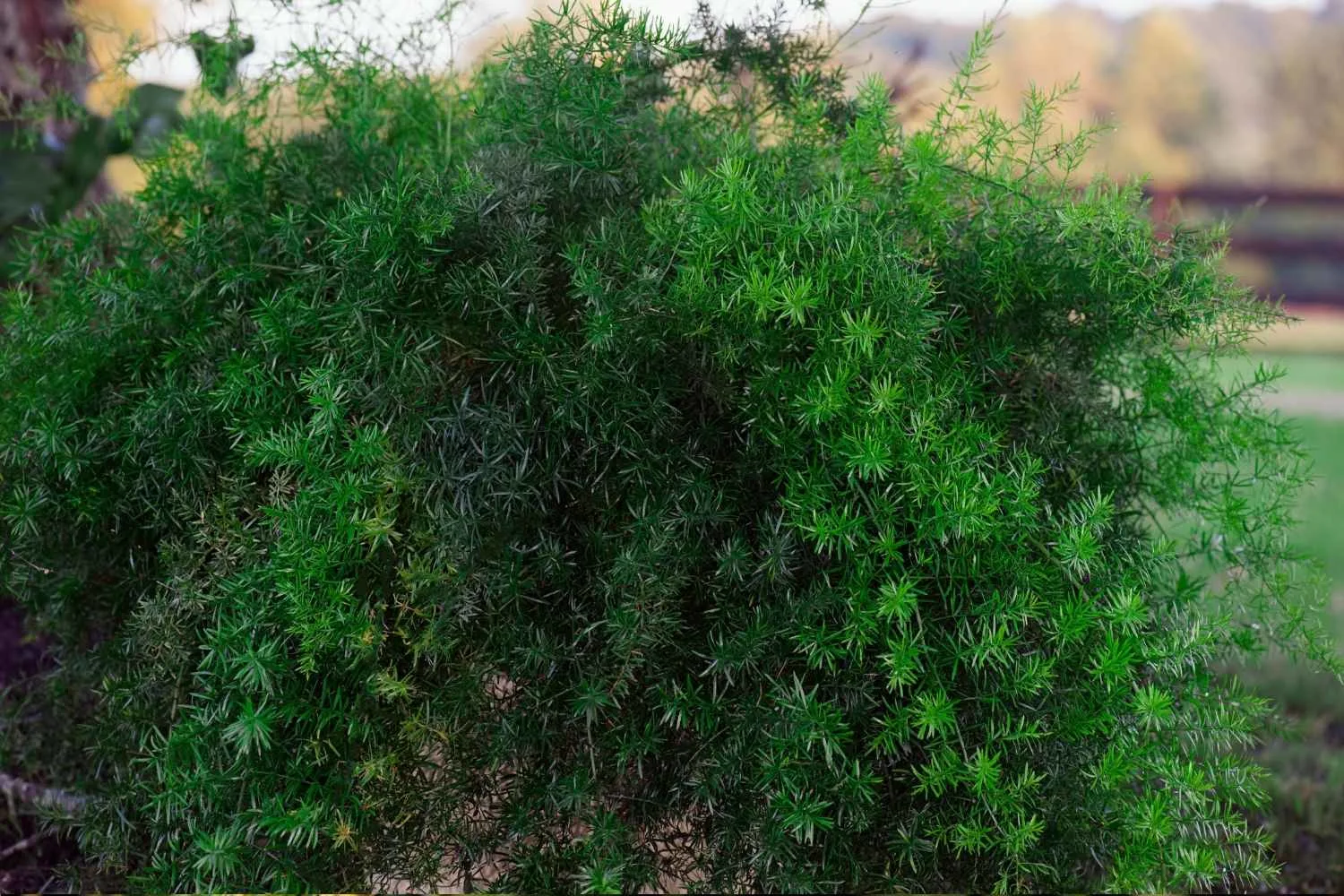
Pests:
- Asparagus fern plants are not fussy and resist pests. However all plants can get attacked by pests.
- Stress by longterm overwatering, poor light, extreme temperatures and soil conditions are contributors to plant stress..
- Spider mites, mealy bugs, scale, thrips and whitefly are the most common houseplant pests you will see.
- Read our post on How to get rid of aphids and other pests with our homemade pesticide soap recipe or neems oil.
- To minimize the possibility of pests be sure to check all nursery plants before bringing them home.
- Quarantine all new plants until you are sure no pests live in them.
How to Propagate:
- Propagation is easily done through root division.
- When you transplant the asparagus fern you will see it grows in clumps.
- Gently pull the clumps apart and repot them in separate containers. Use gloves.
- If you have mature berries falling off your asparagus fern you can plant the berries to grow new plants too.
- Plant gently and firmly into pot with proper soil mix.
- Make sure to keep the soil moist until the roots begin to set into the soil.
Toxic:
- All forms of asparagus plant is TOXIC to cats and dogs. And Humans.
- Asparagus ferns contain sapogenins.
- These are toxic to both dogs and cats.
- The red berry fruits are not highly poisonous. However, eating the berries causes gastric upset resulting in vomiting and diarrhea in pets and people.
- Also the sap of Asparagus ferns will cause skin irritations and some rashing. Wear gloves when working with these plants or near them in your garden. And when transplanting or pruning them indoors as well.
Invasive when grown outdoors:
Asparagus Ferns are an outdoor weeds in Florida, Texas and Hawaii. Please be cautious when growing this perennial outdoors in warm climate zones.
Notes
Reasons leaves turn yellow (or go crisp and shed).
- insufficient light will cause the tips to turn yellow.
- Too much strong light will cause crisping. The leaves turn brown and dry and can shed off the stem.
- Old leaves can turn yellow. This is normal. Just cut off the brown leaves.
- watering is also a possible cause of yellowing. The soil is preferred moist but not soggy.
More Easy Care House Plants:
We have SO many wonderful plants in our world that are easy care. Once you know what they need to thrive the rest is simple.
Read our Printable plant care guides to learn how to take care of your new plant babies.
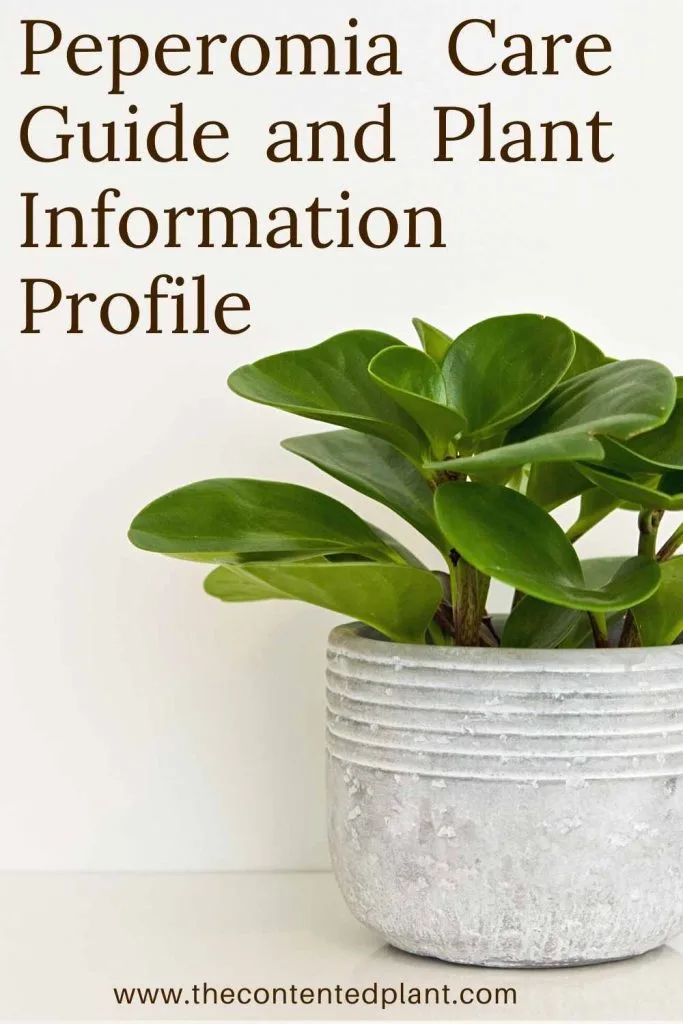
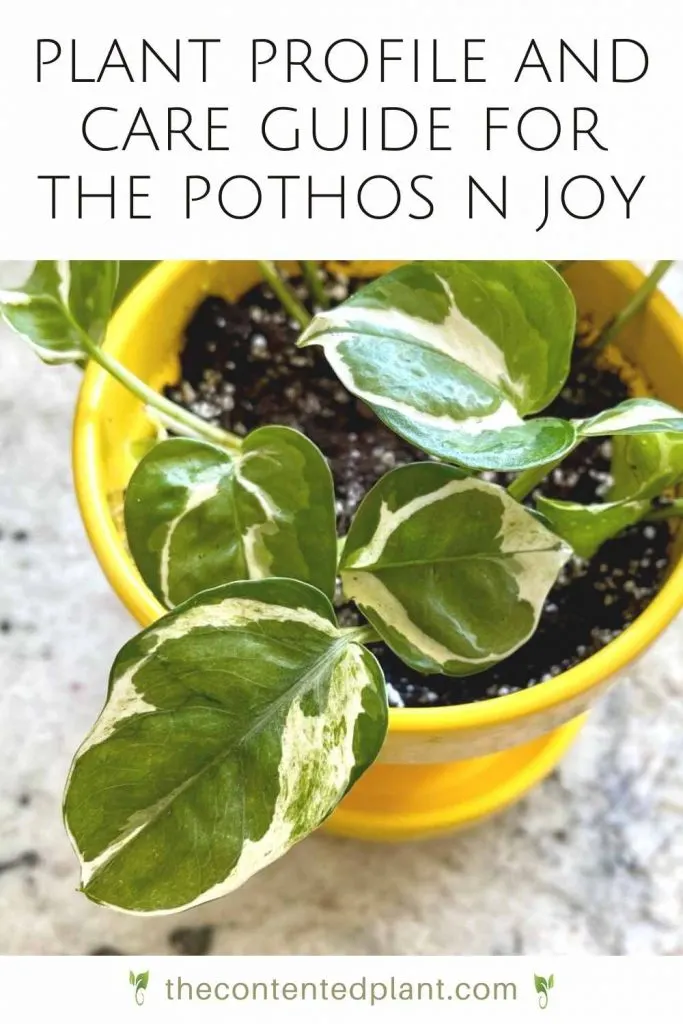
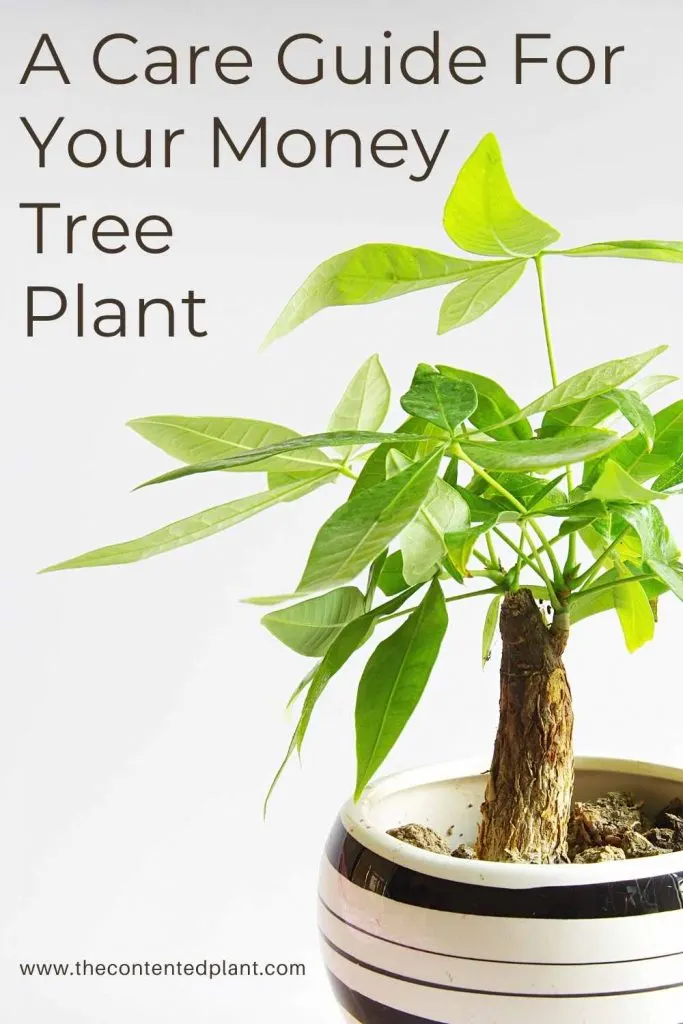
Our Houseplant Section has Many more complete care guides for plants. Check out the Blue Star Fern, Philodendron Birkin, Polka Dot Plant, and the String of Turtles for more ideas for your next plant baby.
The Contented Plant
Follow Us:
Find us on YouTube, Instagram , Pinterest and TikTok! We love to Plant chat. We also comment, like and occasionally share your content to our daily stories. We’d love to see your plants. Share your joy in your houseplants. Happy Planting!
Recent Posts:


Best Low Light Indoor Plants - The Contented Plant
Friday 13th of May 2022
[…] list includes plants that grow as low light indoor hanging plants. Looking for low light bathroom plants, cute and bushy table top , or floor plants, and even a large low light indoor plant tree? Check […]
How to Get Rid of Spider Mites on Plants - The Contented Plant
Thursday 9th of September 2021
[…] Asparagus Fern Plumosa […]